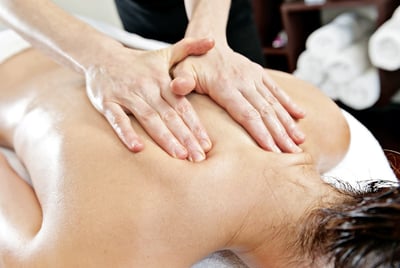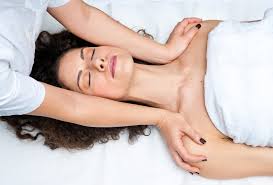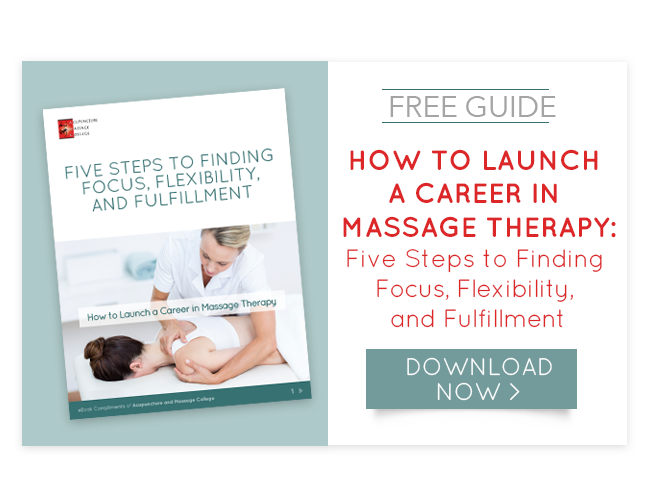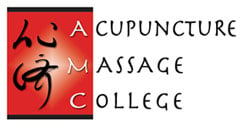Massage Therapy is a holistic health practice that involves the manual manipulation of the body’s musculoskeletal tissues. While massage treatments have long been a part of medical history, some of the most popular modalities or styles were not invented until fairly recently. For example, the most popular modality, Swedish Massage, was invented around 1870 by Johann George Mezger, who codified the modality into the five techniques that are still used today. The five techniques of Swedish Massage, are:
- Effleurage- Long, gliding or circular massage strokes
- Petrissage-Kneading, squeezing, and/or rolling
- Friction-Therapeutic rubbing
- Vibration-Rhythmically shaking an area of the body to loosen and relax the body.
- Tapotement-Rhythmic tapping across patient’s body
Swedish Massage Therapy is commonly associated with relaxation and as such, it is popularly sought for mental and physical relief. However, is there any scientific merit to back the popular belief?

In this article, we will analyze the health benefits of Swedish massage by reviewing peer-reviewed studies that have tested the modality in a clinical setting.
Anxiety is one of the most common mental health issues in the US, affecting nearly 40 million people. While it is easy to treat and manage, roughly 36.9% of those affected do not seek treatment. Physical symptoms of anxiety include a fast heart rate, high blood pressure, muscle tension, and headaches. If there is enough evidence to show that Swedish massage can treat the physiological symptoms of anxiety, then it could potentially become an approved, alternative treatment to prescription anxiety medicine, since it is physically non-invasive and has few health risks associated with it.

According to a study from 2016, Swedish Massage Therapy does seem to provide the physiological health benefits to treat anxiety. The study compared and contrasted the health vitals of 20 healthy women before and after a Swedish Massage Therapy Session over a period of 14-weeks. To account for any statistical correlations, a 6-week break from massage treatments was conducted at the end of the 4th week to act as a control variable. Furthermore, the 20 women were split into 2 groups of 10. One group would receive a Swedish Massage Therapy treatment to the Back, Neck, and Chest (BNC) areas, while the other would receive treatment to the Leg, Arm, and Face (LAF). Following the 6-week break, the treatment groups would be switched, so that each person received a massage treatment to both body groups by the end of the study.
The vitals measured were systolic blood pressure, diastolic blood pressure, temperature, pulse, respiration, and anxiety. Anxiety was measured using the Cattle Anxiety Scale, which classifies stress on a tiered-scale of 0-80.
1. 0–27 (without anxiety)
2. 28–40 (moderate anxiety)
3. 41–49 (neurotic anxiety)
4. 50–80 (severe anxiety)
Like the scale above, a higher measurement of the vitals indicated a greater level of anxiety.
As such, a decrease in vital measurements following treatment would suggest that Swedish Massage Therapy had an effective impact on reducing anxiety.
So, what did the study reveal? Systolic blood pressure decreased during the first 4-week session (before the break) in both groups, but diastolic blood pressure only decreased for the BNC group. Average body temperature decreased during the first state. Meanwhile, pulse and respiratory rates dropped during the second 4-week session.
This is good news since elevated blood pressure can have long-term health consequences. Additionally, a high pulse rate damages heart tissue and could potentially trigger a heart attack. Even if an MI does not occur, a racing heart combined with an elevated temperature and hyperventilating can lead to a full-blown anxiety attack.
Given that Swedish Massage shows promise in treating the physical symptoms associated with anxiety, it would seem logical to assume that lower-anxiety levels were recorded following each Swedish Massage treatment.
Interestingly enough, anxiety-levels did not decrease. Or rather, they did not decrease by any significant amount. The white paper suggests that the method used to measure anxiety was an inadequate method for accurately measuring anxiety-levels after each massage therapy since it required a longer than optimal waiting time between the end of the treatment and the measurement occurs.
Additionally, since the women were physically healthy, the levels of anxiety reported fell within the moderate anxiety category, making it hard to distinguish between normal, lower, and high-anxiety on paper. Furthermore, reducing average anxiety levels may require a longer-term solution than a single massage session.
To see if Swedish Massage is effective at treating the mental symptoms of anxiety, it needs to be tested on a population with a significantly higher rate of reported anxiety. In the next article, we will discuss Swedish Massage Therapy and its effects on patients with cancer.
For now, though, it is a positive and reassuring sign that Swedish Massage can help manage the more immediate physiological effects of anxiety.
If you’ve been anxious about wanting to start a new career, but don’t have much time to spare, then worry no more. Acupuncture and Massage College in Miami, Florida offers a Diploma in Massage Therapy can be completed within 9-months. We have flexible day and night classes, which allows you to continue working or maintaining your family obligations. If you’re interested in learning more about beginning a new career, download our free career guide below.
 Feel free to give us a call at 305-595-9500 or reach out to Admissions at admissions@amcollege.edu with any questions you may have. Acupuncture and Massage College is located in Kendall at 10506 N Kendall Drive, Miami, FL.
Feel free to give us a call at 305-595-9500 or reach out to Admissions at admissions@amcollege.edu with any questions you may have. Acupuncture and Massage College is located in Kendall at 10506 N Kendall Drive, Miami, FL.

 (305) 595-9500
(305) 595-9500






